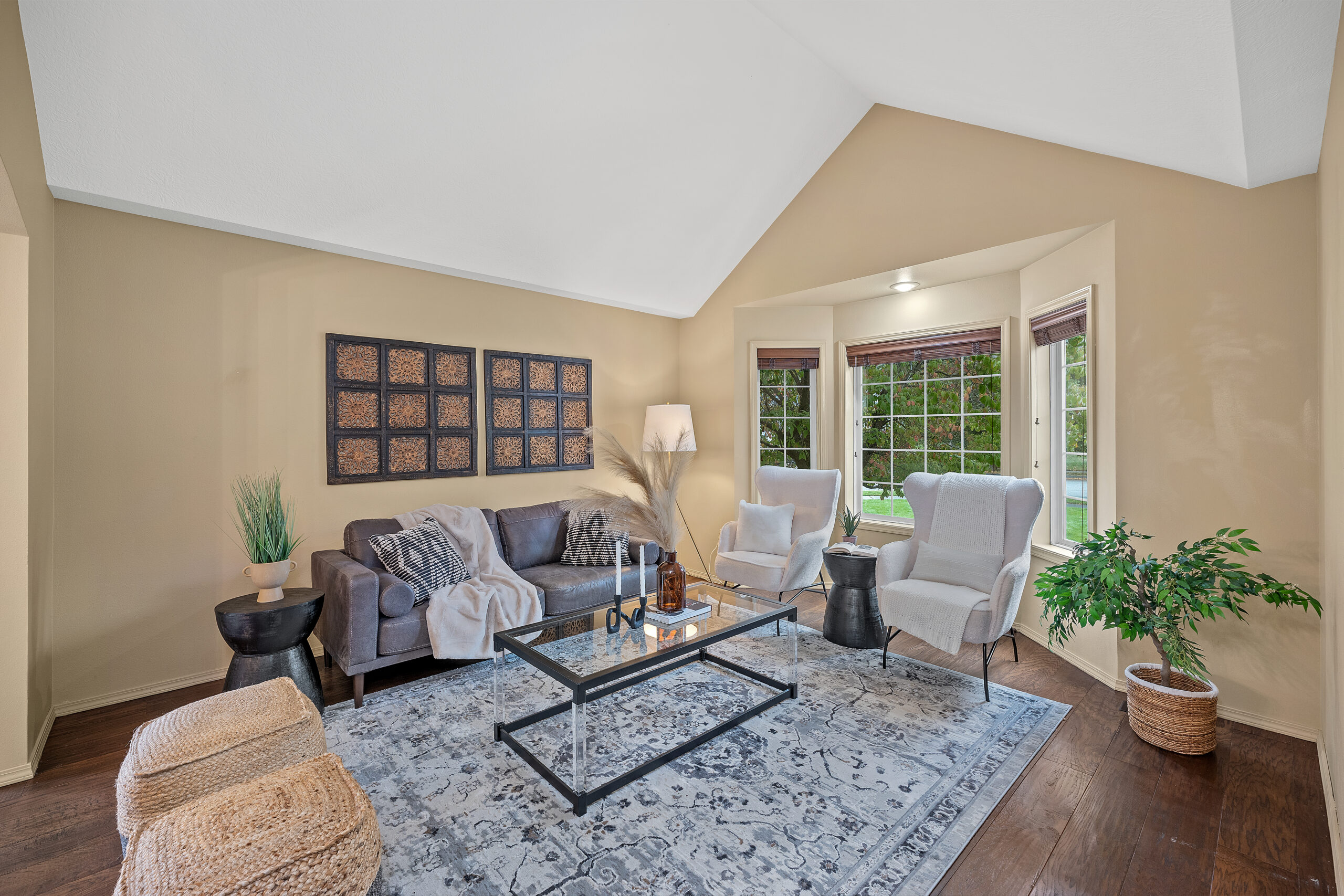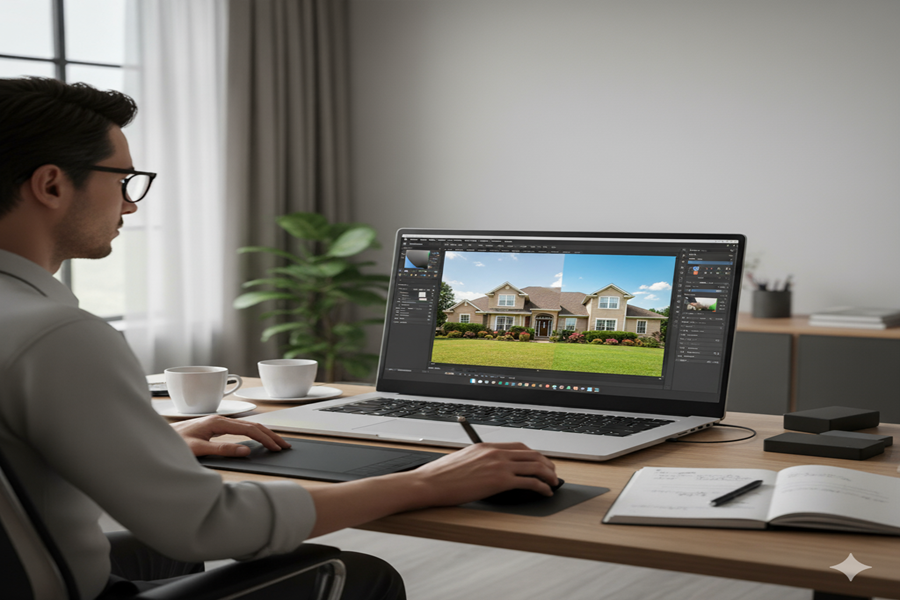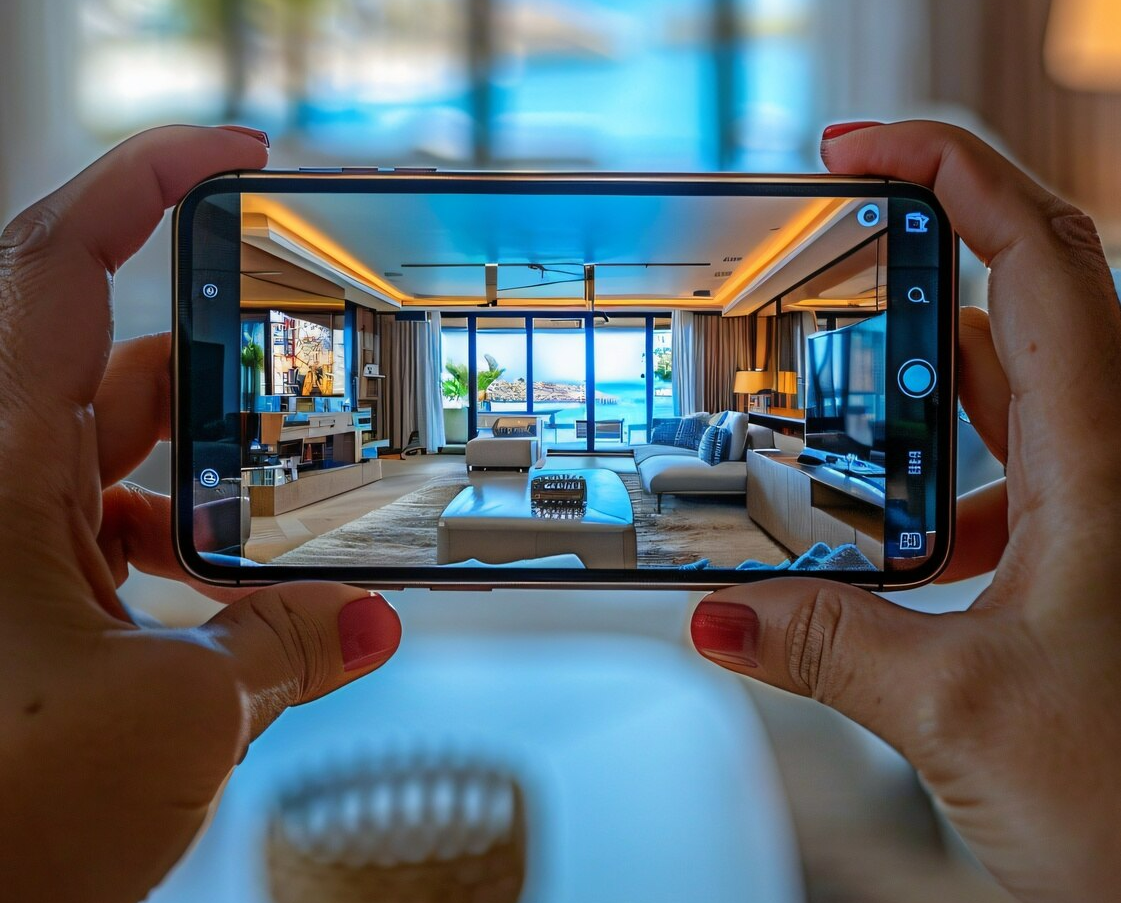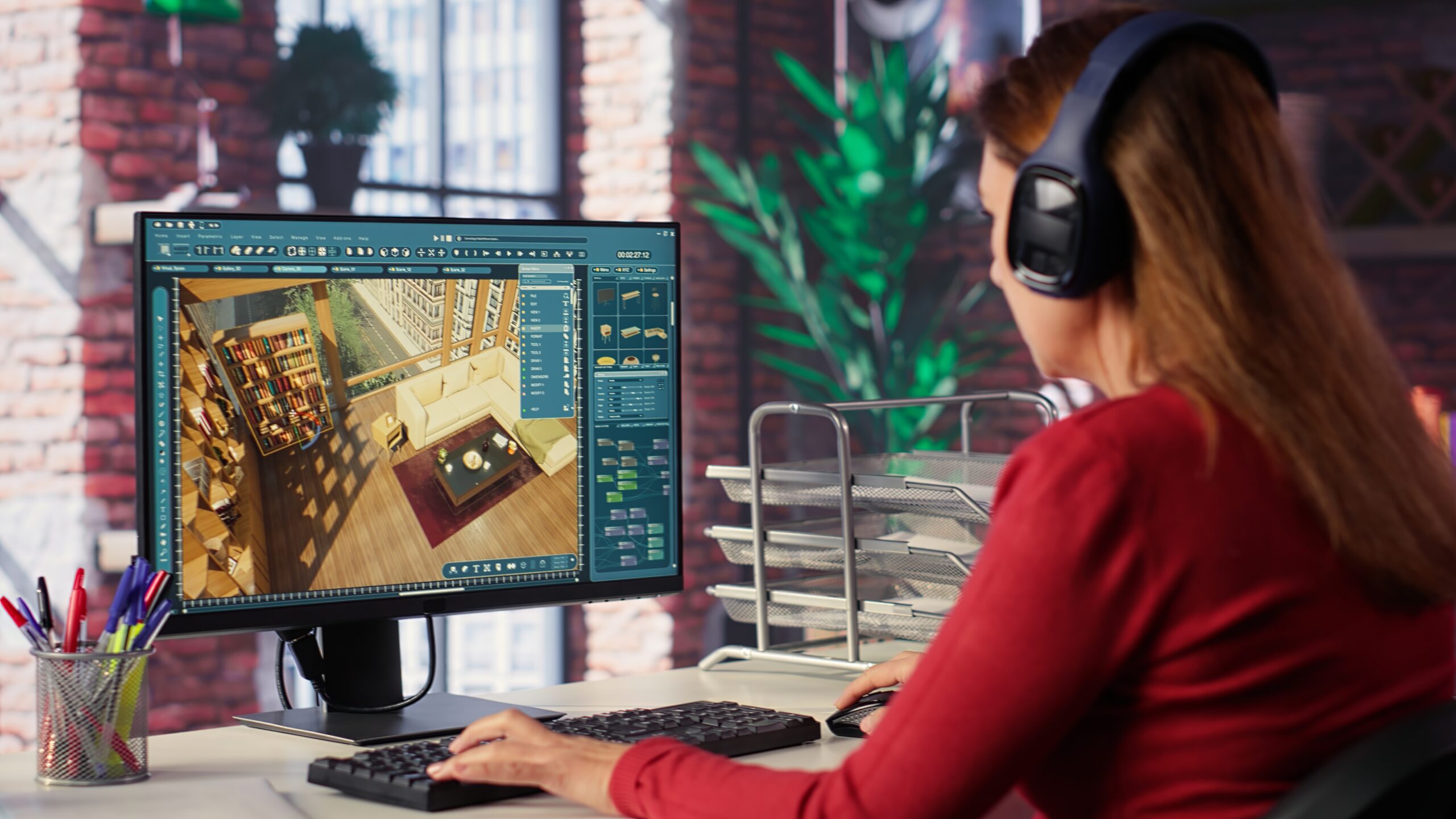Difference Between Flash Real Estate Photography and HDR Photography
When it comes to capturing stunning real estate photos that can sell properties quickly, two techniques frequently come up: flash real estate photography and HDR photography. Both are designed to showcase a property in the best possible light, but they rely on distinct methods, each with its pros and cons. Understanding the difference between the two can help real estate agents and property owners decide which is more appropriate for their listing photos. Let’s break down these two popular photography methods, comparing their techniques, advantages, and ideal applications.
Flash Real Estate Photography: Lighting for Impact
Flash photography is often the go-to choice for professional real estate photographers looking for crisp, dynamic, and high-quality images. Flash photography in real estate uses one or more external light sources (flash units) to illuminate a room and highlight key features of the property. These flashes are usually positioned off-camera to create a controlled, dramatic effect, helping to eliminate shadows and balance out natural lighting conditions.
How Flash Photography Works:
In flash real estate photography, the photographer will typically use a camera mounted with an external flash or multiple off-camera flashes to ensure even lighting throughout the scene. The photographer aims to balance the intensity of the flash with the ambient light, creating a natural-looking exposure that highlights key features in the space.
Flash photography may involve using different techniques such as bouncing light (reflecting the flash off a surface, like a wall or ceiling, to diffuse the light) or gels (colored filters) to soften or warm the light, ensuring that it matches the tone of the room.
Pros of Flash Real Estate Photography:
- Control Over Lighting: Flash photography allows photographers to create the perfect lighting for each room, especially when natural light is limited. Flash gives them control over the exposure and lighting intensity, ensuring that every detail is illuminated.
- Sharp Images: Flash can result in sharper, more focused images with crisp details, especially in low-light conditions. It can capture the fine features of a home such as architectural details, textures, and finishes without worrying about noise or blur that might appear in low-light situations.
- Dynamic Effect: The use of multiple flashes and careful positioning allows photographers to create dramatic contrasts and highlights, bringing out the texture and depth of a space. This makes flash photography particularly effective for emphasizing features like fireplaces, accent walls, or outdoor spaces during the twilight hours.
- Ideal for Specific Rooms: Flash is great for capturing smaller or darker rooms where natural light is not abundant. It helps to brighten up shadows and bring out every corner of a room without the need for excessive post-production work.
Cons of Flash Real Estate Photography:
- Potential for Overexposure: If not balanced properly, flash lighting can cause overexposure, which may wash out details in brightly lit areas or cause harsh shadows.
- Difficult in Large Spaces: In expansive or open-plan homes, it can be challenging to evenly light the entire space with flash, and multiple flash units may be needed, which can be time-consuming to set up.
- Unnatural Look: Flash photography can sometimes create a “staged” appearance, making a room look less natural, especially if the lighting isn’t balanced correctly.
HDR Real Estate Photography: Bringing Out the Details
HDR (High Dynamic Range) photography is a technique used to balance a scene’s exposure by blending multiple photos taken at different exposure levels. The aim is to capture both the darkest shadows and the brightest highlights in one image, resulting in a balanced and highly detailed photograph. In HDR photography, the photographer typically takes three or more exposures: one underexposed, one overexposed, and one at normal exposure. These images are then merged in post-processing to create a composite photo.
How HDR Photography Works:
To create an HDR image, a photographer takes multiple shots of the same scene at different exposure levels. The camera captures details in the highlights, midtones, and shadows separately. These images are then merged in post-production software, such as Adobe Photoshop or Lightroom, to create a final image that combines the best elements of each exposure. The result is a photograph that retains highlight detail (e.g., windows, outdoor views) and shadow details (e.g., dark corners or rooms with low light).
Pros of HDR Real Estate Photography:
- Balanced Exposure: One of the biggest advantages of HDR is that it creates a natural balance of light and dark areas. It allows photographers to preserve the details of both bright windows and dark shadows, something that can be difficult to achieve in a single shot.
- Enhanced Depth: HDR provides an increased depth and tonal range, making the final image appear more vibrant and three-dimensional. This helps to bring out textures and colors that would otherwise be lost in traditional photography.
- No Flash: Since HDR doesn’t require artificial lighting, the images look more natural, and there’s less chance of creating harsh shadows or an unnatural “flashy” look.
- Ideal for Daytime and Large Spaces: HDR is especially useful when shooting during the day or in rooms with large windows. It’s great for balancing the bright outdoor light with the indoor light, ensuring that neither part of the scene is underexposed or overexposed.
Cons of HDR Real Estate Photography:
- Requires More Time in Post-Production: HDR photography involves combining multiple images, so it often requires more time and effort in post-production. Merging the exposures can sometimes result in a need for touch-ups to remove ghosting or artifacts.
- Can Look Over-Processed: When not done carefully, HDR photos can appear unnatural or overly saturated. The increased depth and contrast can make photos look overly dramatic, which may not always suit every property or listing.
- Requires Good Lighting Conditions: HDR photography works best in controlled lighting situations. For example, it’s not ideal for very low-light conditions or for rooms that don’t have any natural light at all.
Flash Photography vs. HDR: Which Is Better for Real Estate?
The choice between flash photography and HDR depends on several factors: the size of the space, the lighting conditions, and the desired look of the final images.
When to Choose Flash Photography:
- Small Rooms: Flash works well in smaller, confined spaces where the photographer can easily control the light and eliminate shadows.
- Low-Light Conditions: If you’re shooting a property at night or in the evening, or a space with limited natural light, flash can provide the necessary light to illuminate the room.
- Twilight Shots: Flash is excellent for capturing twilight or evening shots, where you want to balance the interior light with the dimming daylight outside.
When to Choose HDR Photography:
- Large Rooms and Open Spaces: HDR is particularly effective for large rooms and expansive spaces where flash may not be able to adequately light all the areas.
- Daytime Shots: If you’re shooting a home during the day with plenty of natural light, HDR is great for balancing the light indoors with the sunlight streaming through windows.
- Natural Look: If you want your images to appear more natural without the “flashy” look, HDR offers an excellent solution.
Conclusion: Flash vs. HDR in Real Estate Photography
Both flash and HDR photography offer unique advantages, and the best choice depends on the specific needs of the property being photographed. Flash photography excels in controlled, smaller spaces where lighting control is crucial, while HDR shines in situations where balancing exposure across various lighting conditions is key. Many professional photographers use a combination of both techniques to achieve the best possible outcome, ensuring that both the highlights and shadows in every room are perfectly captured.
In the end, whether you’re a real estate agent looking to improve your listing photos or a seller wanting to showcase your property in the best light, understanding these two methods will help you make an informed decision that aligns with your goals.



